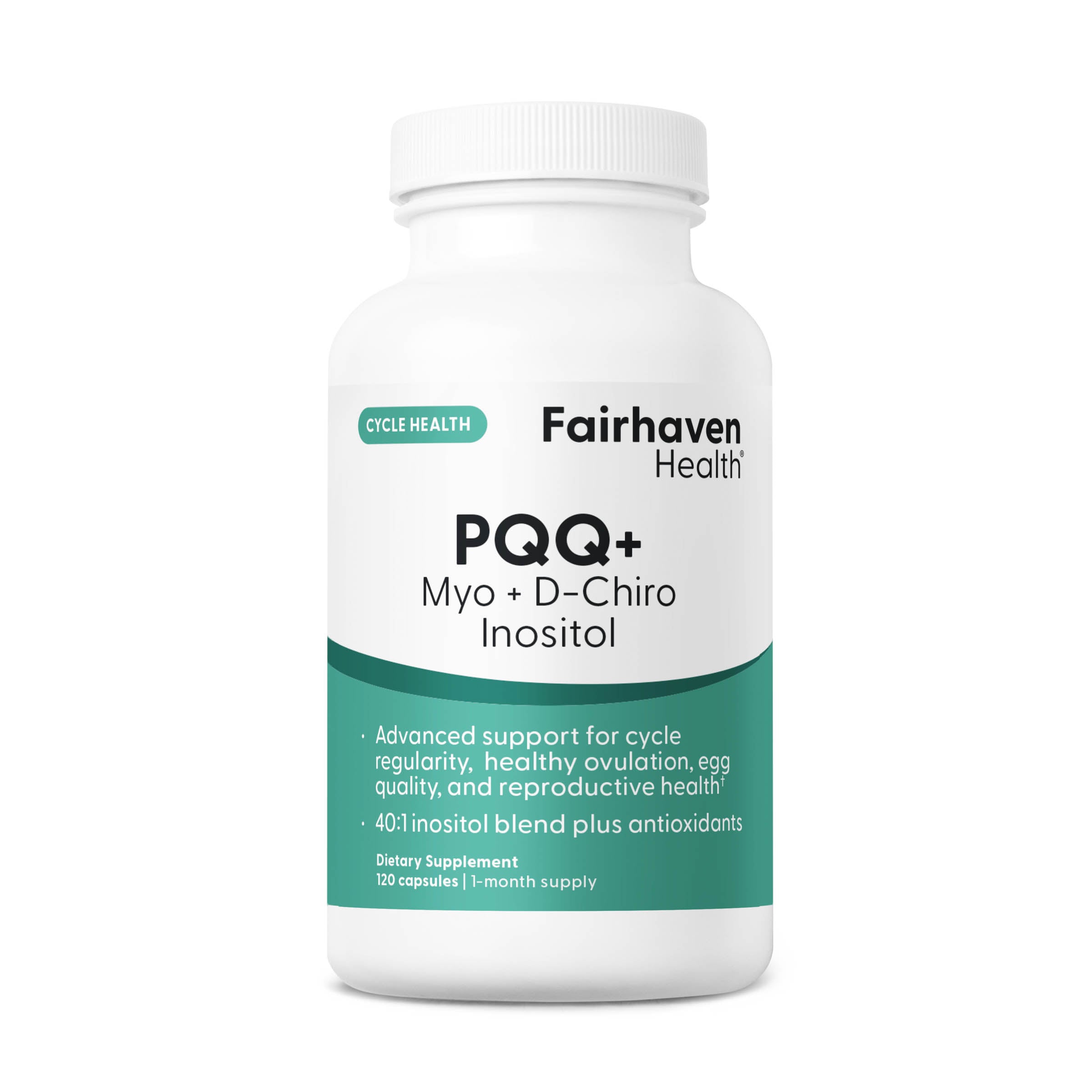Infertility is not just a female issue, and many people have by now heard the news that sperm count rates are falling dramatically, not just in the United States but in a number of countries worldwide. In the recent GQ Magazine article Sperm Count Zero, the author points to a dire and dystopian prediction that “within a generation, men may lose the ability to reproduce entirely.”
At the very first sign of difficulty in achieving pregnancy, both the female and male partner in a couple will head to a fertility specialist to see if they can determine the source of the trouble. For women, that often means a litany of blood tests to evaluate hormone levels and ultrasounds to verify that ovulation is occurring. For men, the first step in determining possible root causes of male infertility is to undergo a comprehensive semen analysis.
What Is a Semen Analysis?
A semen analysis will look at the quality and quantity of the sperm as well as the semen, and compare the results to normal levels, with the World Health Organization’s Standards (5th Edition) for the Evaluation of Human Semen most often serving as the guideline. A routine semen analysis will typically include measurement of the following:
-
Sperm Count: Sperm count (also referred to as sperm concentration) is measured by examination of the semen sample under a microscope. If the sample is less than 15 million sperm per ml, it is considered low sperm count or concentration.
-
Sperm Motility: Sperm motility is the ability of the sperm to move. For fertility purposes, it’s important to remember that only the sperm that are able to move forward quickly will be able to fertilize an egg. Progressive motility of 28% or above is considered normal.
-
Sperm Morphology: Sperm should have a regular oval head, with a connecting mid-piece and a long straight tail. Abnormal sperm is distorted in shape (for example, round heads, large heads, double heads, or absent tails). A normal sample should have at least 3% with normal form.
Semen analysis will also measure the volume, viscosity and pH of semen, and will look for white blood cells (an indicator of infection) and sperm clumping, called agglutination, which impairs sperm motility.
What Happens if the Results are Abnormal?
If any of the results of the semen analysis fall outside of the normal range, at least one more semen analysis should be conducted to confirm the results. If after repeated test(s), the results are still abnormal, additional testing will be recommended, which may include DNA fragmentation testing, blood work to evaluate testosterone or thyroid hormone levels, and/or ultrasounds to rule out any structural problems with the male reproductive organs. Finding out the source of the subpar sperm health tests is necessary to determine the appropriate treatment.
Sperm Protein Studies are Poised to Help Understand Root Cause of Poor Sperm Health
Exciting research in male fertility is ongoing to help further understand the causes of subpar sperm health. Recent studies have been looking at sperm at the molecular level by focusing on proteomics – the study of the structure, function, and interactions of proteins actually inside the sperm. These studies have shown that certain proteins found in mature sperm are responsible for the regulation of normal, as well as abnormal, sperm functions. Just like other cells and components of cells (such as fats in cell membranes), these important proteins, called key differentially expressed proteins (DEPs), are susceptible to the damaging effect of oxidative stress, and researchers have hypothesized that oxidative stress leads to the under expression of these key proteins in sperm, making them less effective at their job of regulating healthy sperm function. It is already well established that supplementation with certain antioxidant nutrients, such as CoQ10, Vitamin E, and Carnitine, leads to improvement in sperm health. We might soon know the reason: antioxidants help sperm proteins do their job of regulating healthy sperm function by preventing oxidative stress.







